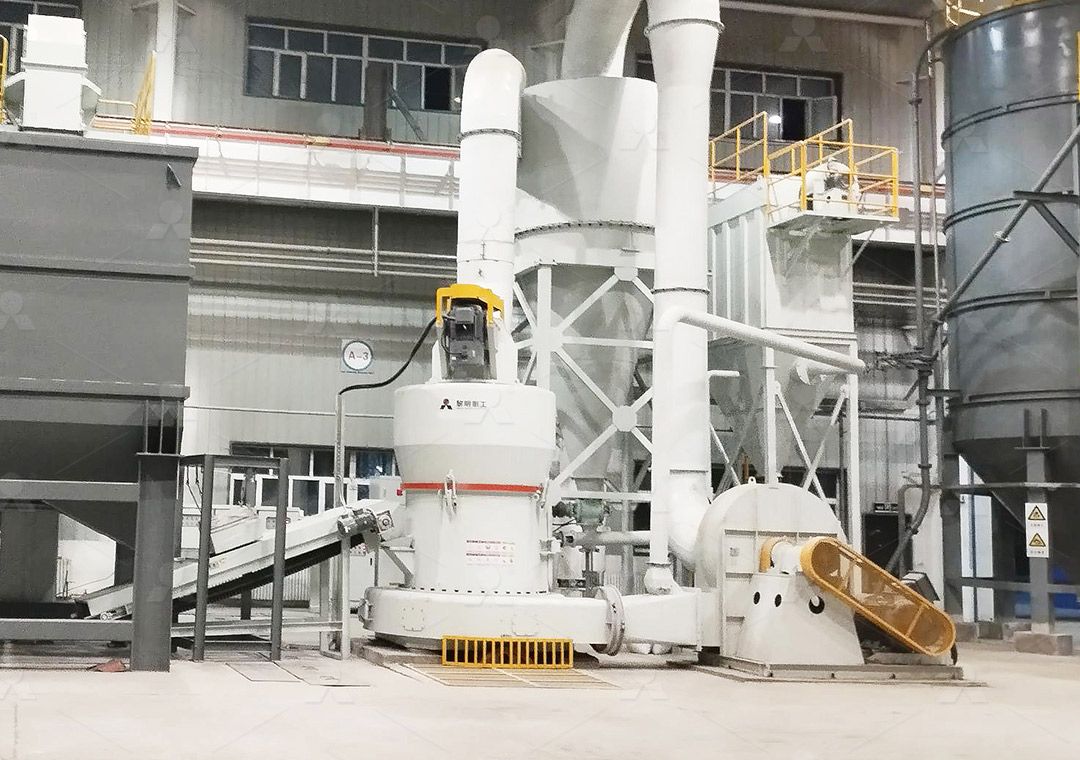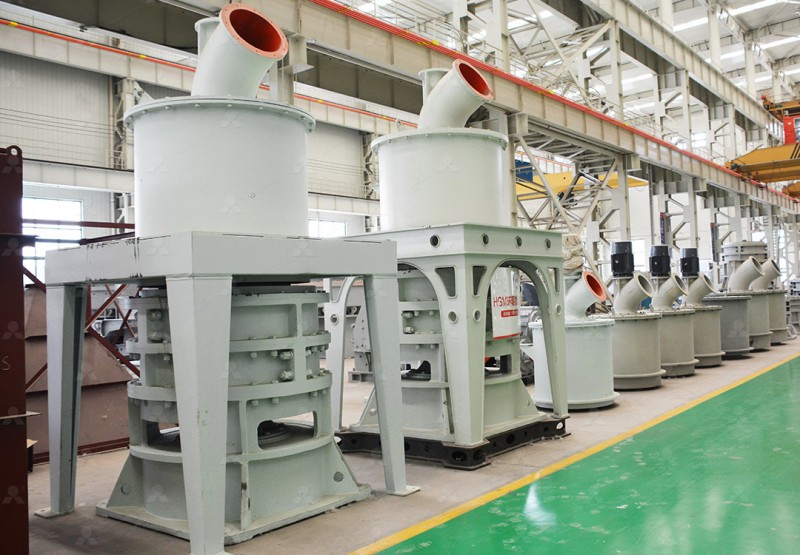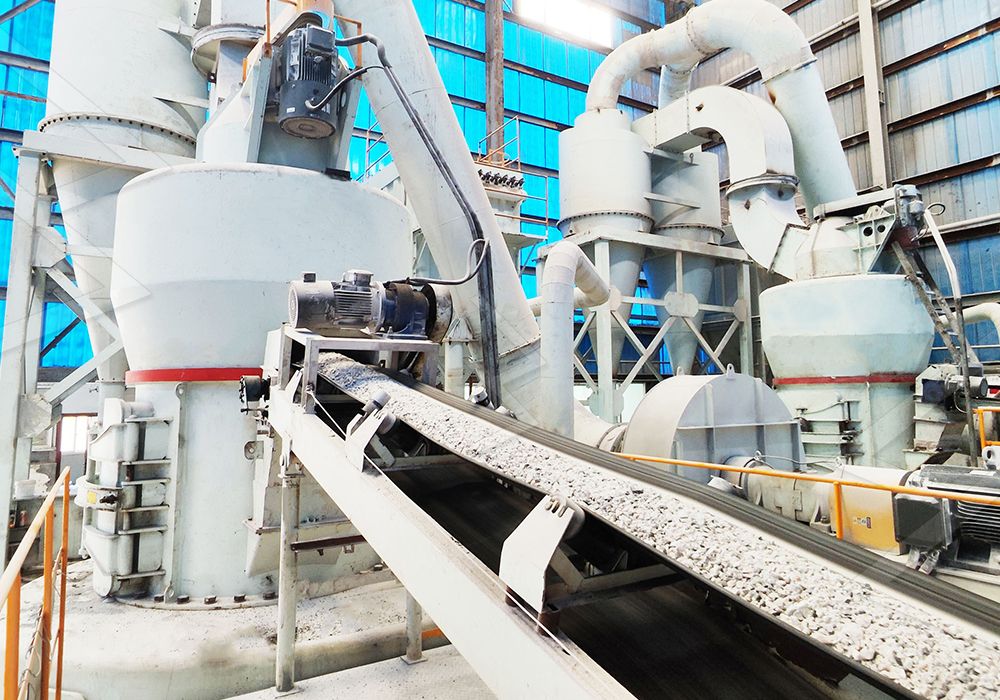160 Mesh Graphite Grinding Mill: Selection Guide & Cost Analysis
160 Mesh Graphite Grinding Mill: Selection Guide & Cost Analysis
When processing graphite to 160 mesh specifications, selecting the appropriate grinding mill becomes critical for achieving optimal particle distribution, production efficiency, and operational economy. This comprehensive guide examines the key considerations for graphite milling operations targeting this specific fineness requirement.
Understanding 160 Mesh Graphite Requirements
Graphite processed to 160 mesh (approximately 96 microns) finds applications across numerous industries including refractories, lubricants, batteries, and conductive coatings. The unique flaky structure of graphite presents specific challenges during comminution, as excessive shear forces can degrade the material’s valuable properties. Equipment selection must balance particle size control with preservation of graphite’s natural characteristics.

Key Selection Criteria for Graphite Grinding
When evaluating grinding mills for 160 mesh graphite production, several factors demand careful consideration:
Particle Size Control
Precise classification capabilities are essential for maintaining consistent 160 mesh output. Equipment with advanced separation technology ensures minimal oversize or undersize particles, maximizing product value.
Contamination Prevention
Graphite’s purity requirements often exclude grinding media that could introduce metallic contamination. Mills designed with minimal contact between grinding elements and processed material offer significant advantages.
Energy Efficiency
Grinding operations typically account for substantial portions of total production costs. Modern mill designs can reduce energy consumption by 30-50% compared to conventional technologies.
Environmental Compliance
Effective dust collection and noise suppression systems are mandatory for sustainable operations, particularly given graphite’s fine particulate nature.
Recommended Solution: MW Ultrafine Grinding Mill
For operations targeting 160 mesh graphite production, our MW Ultrafine Grinding Mill presents an optimal solution. This advanced mill system delivers exceptional performance characteristics specifically suited to graphite processing:
- Precise Fineness Control: Adjustable output between 325-2500 meshes with exceptional stability at 160 mesh specifications
- Superior Efficiency: Production capacity 40% higher than jet mills and twice that of ball mills at equivalent fineness
- Minimal Contamination: No rolling bearings or screws in the grinding chamber eliminates metallic contamination risks
- Environmental Performance: Integrated pulse dust collector and muffler system ensures compliance with stringent emission standards
- Operational Economy: System energy consumption reduced to just 30% of comparable jet milling operations

With an input size capability of 0-20 mm and throughput ranging from 0.5-25 tph, the MW Series accommodates varying production requirements while maintaining consistent 160 mesh output quality. The innovative grinding curve design of rollers and rings specifically enhances graphite processing efficiency while preserving particle structure integrity.
Alternative Consideration: LUM Ultrafine Vertical Grinding Mill
For operations with space constraints or requiring exceptional product whiteness, the LUM Ultrafine Vertical Grinding Mill offers complementary advantages. Its unique roller shell and lining plate grinding curve generates material layers more effectively, producing cleaner finished products with higher whiteness ratings – a critical factor for premium graphite applications.
Total Cost of Ownership Analysis
Beyond initial capital investment, comprehensive cost analysis must consider:
- Energy Consumption: Modern grinding mills reduce power requirements by 30-50%
- Maintenance Requirements: Designs with external lubrication systems enable 24-hour continuous operation
- Wear Part Replacement: Advanced materials extend operational life between maintenance intervals
- Operational Labor: Automated controls minimize staffing requirements
- Product Yield: Precise classification improves valuable product recovery
When evaluating these factors collectively, advanced grinding systems typically demonstrate return on investment within 12-24 months through reduced operational expenses and improved product quality.

Implementation Considerations
Successful integration of graphite grinding systems requires attention to material handling, feeding consistency, and environmental controls. Proper system design incorporating appropriate crushers, elevators, and feeders ensures stable mill operation and optimized performance. Additionally, comprehensive technical support and genuine spare parts availability significantly impact long-term operational reliability.
Frequently Asked Questions
What makes the MW Ultrafine Grinding Mill particularly suitable for graphite processing?
The MW Series’ absence of rolling bearings and screws in the grinding chamber eliminates metallic contamination risks, while its adjustable cage-type powder selector ensures precise 160 mesh control. The efficient grinding curve design preserves graphite’s flaky structure while achieving target fineness.
How does energy consumption compare between different mill types for 160 mesh graphite production?
The MW Ultrafine Grinding Mill consumes approximately 30% of the energy required by jet mills and 40-50% less than traditional ball mills for equivalent 160 mesh graphite output. This significant reduction directly impacts operational costs.
What production capacity range is available for 160 mesh graphite milling?
Our MW Series accommodates throughput from 0.5 to 25 tph, with multiple configurations available to match specific production requirements while maintaining consistent 160 mesh quality.
How does the maintenance requirement of modern grinding mills compare to conventional equipment?
Advanced designs like the MW Series feature external lubrication systems that enable maintenance without production shutdowns. The absence of internal bearings and screws further reduces maintenance frequency and complexity.
What environmental considerations are addressed in contemporary graphite milling systems?
Modern mills incorporate integrated pulse dust collectors that effectively contain graphite particles, while muffler systems and noise elimination rooms ensure compliance with workplace and environmental regulations.
